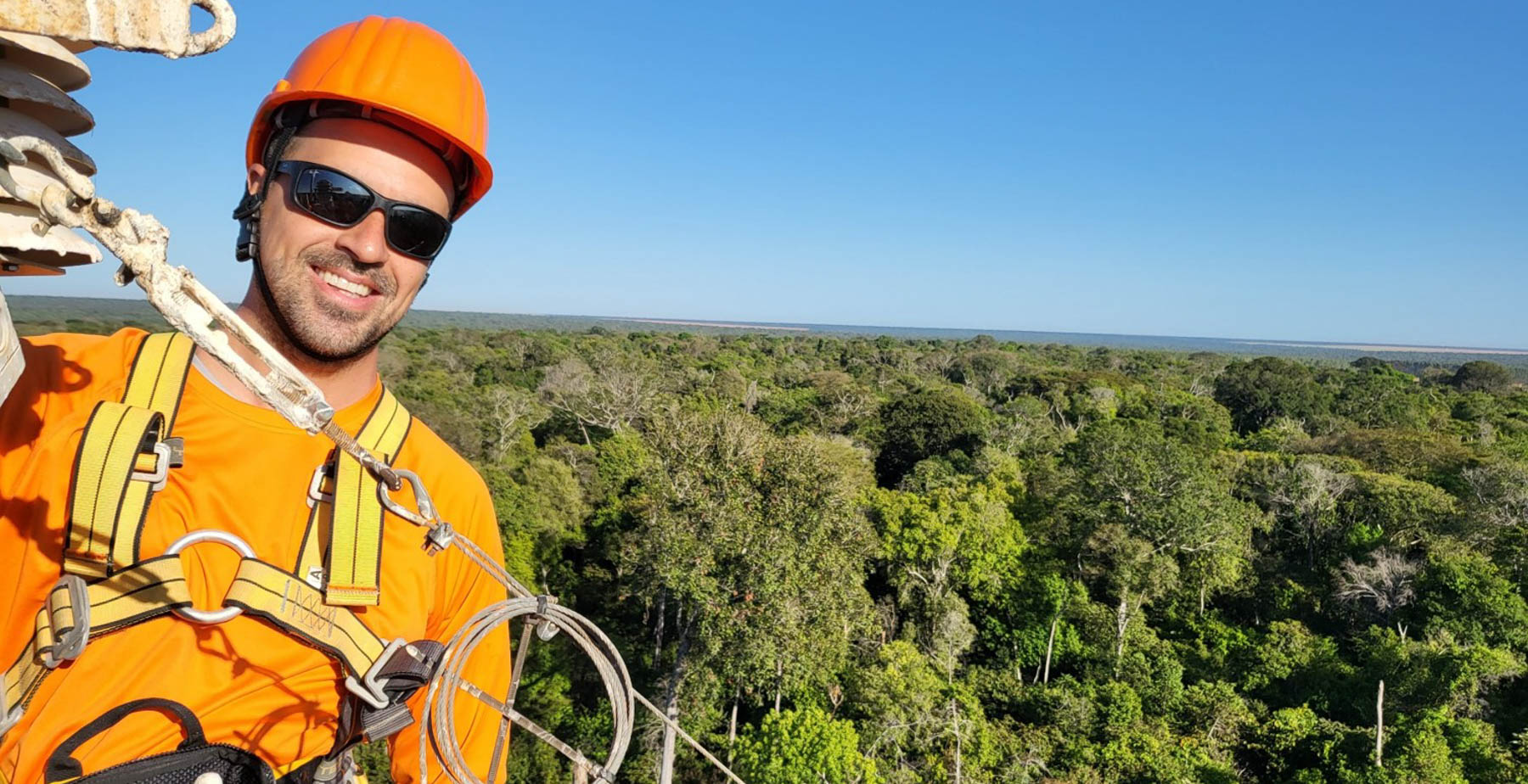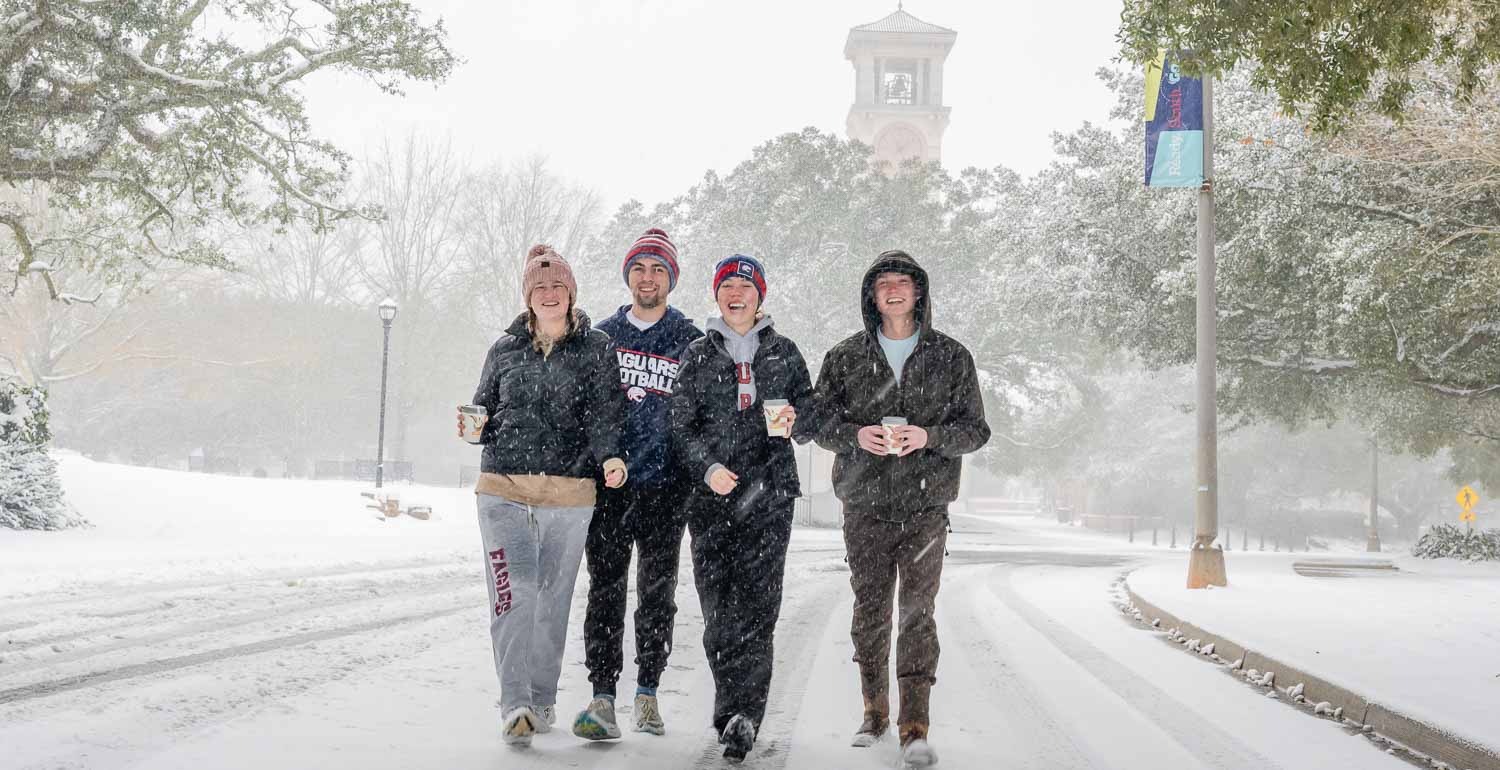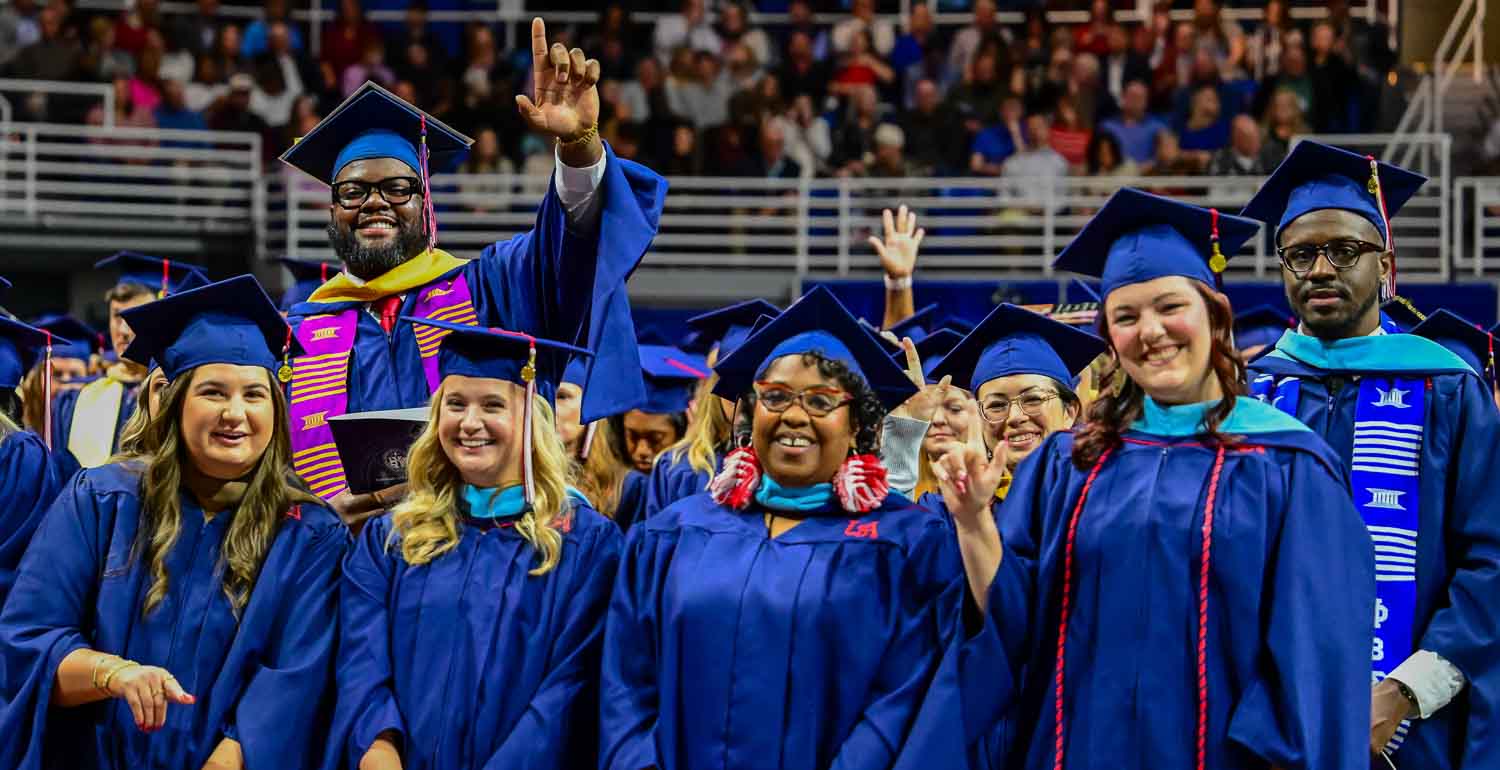Stokes School of Marine and Environmental Sciences Granted $1.5 Million
Posted on September 30, 2025

The University of South Alabama’s Stokes School of Marine and Environmental Sciences will continue playing a major role in protecting the natural environment of the Mobile-Tensaw River Delta region thanks to a $1.5 million grant.
Alabama Gov. Kay Ivey made the announcement today during the Southern States Energy Board Conference in Point Clear, Alabama, that funding from the Gulf of Mexico Energy Security Act will help South expand its capabilities for conservation, research and education in the region.
South’s portion is one of 23 projects to receive funding in Coastal Alabama during this cycle.
“I am thrilled to announce the 2025 GOMESA projects,” said Gov. Ivey. “Working closely with Commissioner Chris Blankenship and his team at the Alabama Department of Conservation and Natural Resources, we will share more than $45 million with cities, towns, counties and the University of South Alabama to fund these worthy projects that will provide great benefit to the citizens of Coastal Alabama.”
The Gulf of Mexico Energy Security Act was established in 2006 with the support of then U.S. Congressman Jo Bonner, now the president of the University of South Alabama. It created a revenue-sharing model providing a portion of the revenue from offshore oil and gas leases to the Gulf states of Alabama, Mississippi, Louisiana and Texas as well as the Land and Water Conservation Fund.
“At the University of South Alabama, our mission goes beyond educating students — we are deeply committed to being responsible stewards of our community and natural resources,” said Bonner. “The Stokes School of Marine and Environmental Sciences stands at the forefront of that work, combining world-class education and research with a profound commitment to protecting and preserving our environment.”
This funding will be used to secure the initial infrastructure and support for the establishment of the University of South Alabama’s Delta and Coastal Alabama Wildlife, Fisheries and Carbon Flux Observatory.
The goal of the project is to understand and predict how carbon cycling changes as a function of land use and environmental change, how these changes impact coastal habitats and ultimately how this influences wildlife and fish abundance.
“Gov. Ivey and Commissioner Blankenship were two of the people to recognize the potential of South to focus on coastal and marine environmental issues,” said Dr. Sean Powers, director of the Stokes School of Marine and Environmental Sciences. “Alabama is an example of how science-driven management of natural resources can ensure public access and use in a sustainable manner. This requires investment and the suite of GOMESA projects is an example of the state making that investment.”
The funding will help update and expand the capabilities of its Environmental Analytical Lab by purchasing equipment that will unlock the mystery of the migratory and movement behavior of our coastal fisheries and allow researchers to track potential metal contamination in our coastal waters.
It will also fund a coastal observatory network of towers that measure the flux of key chemicals and document the rich biodiversity of the Mobile-Tensaw River Delta and other coastal areas.
These towers will support interdisciplinary research encompassing carbon fluxes, hydrology, hurricane impacts, invasive species, wildlife assessments and avian monitoring. Towers will be equipped with chemical sensors, weather instruments, wildlife cameras and migratory bird tag detecting systems. Together with easily accessible spots for students to conduct visual observations, the towers will allow us to integrate all these measurements to truly characterize the complete ecosystem. Combining those tower based measurements with remote sensing will then allow research to expand the spatial scale of our study.
“Our vision for the Stokes School of Marine and Environmental Sciences was bold and ambitious,” Powers said. “In just four years, the program has exceeded our original goal in terms of undergraduate and graduate enrollment and research activity, and this funding will allow students to graduate with an amazing suite of employment-ready skills.”





